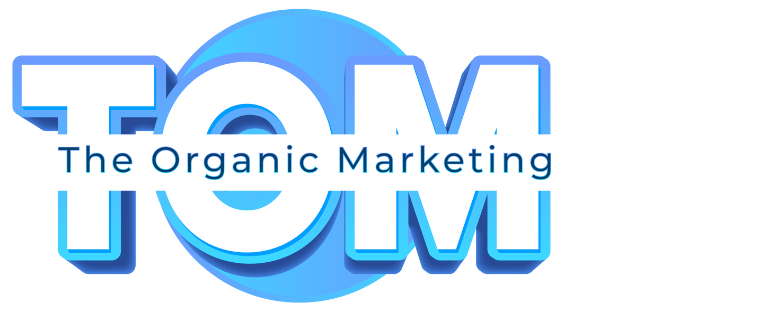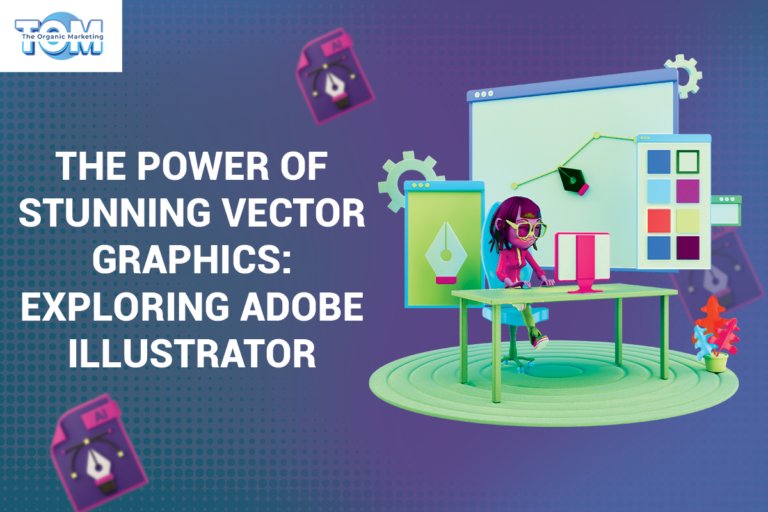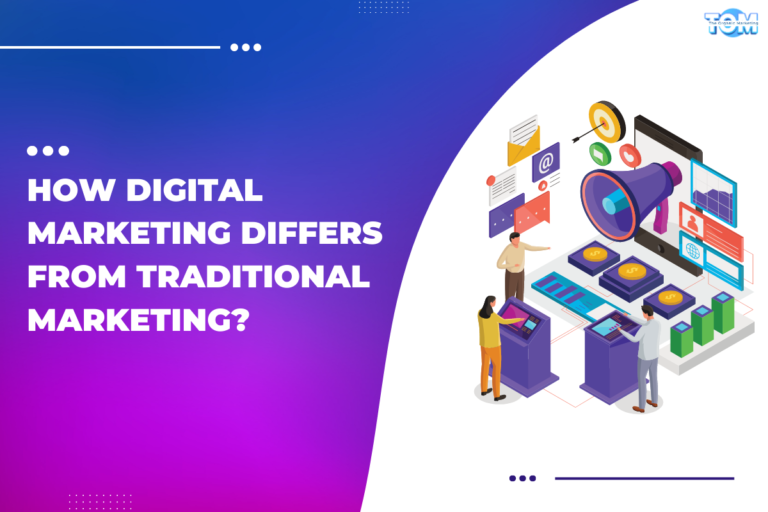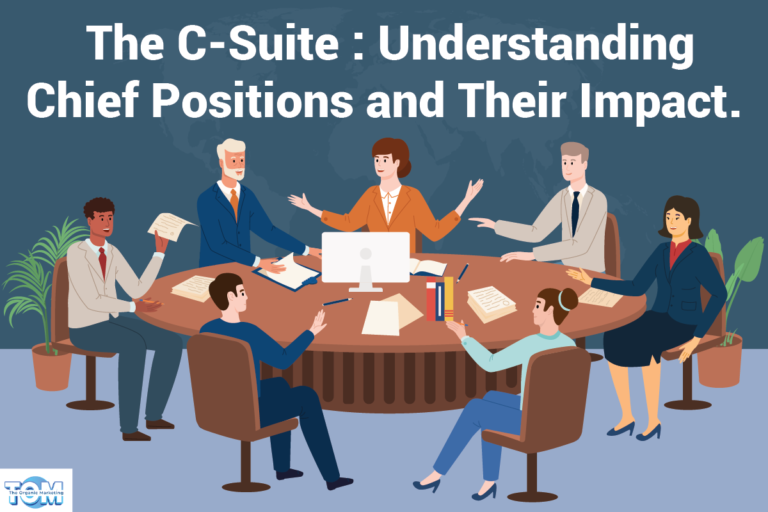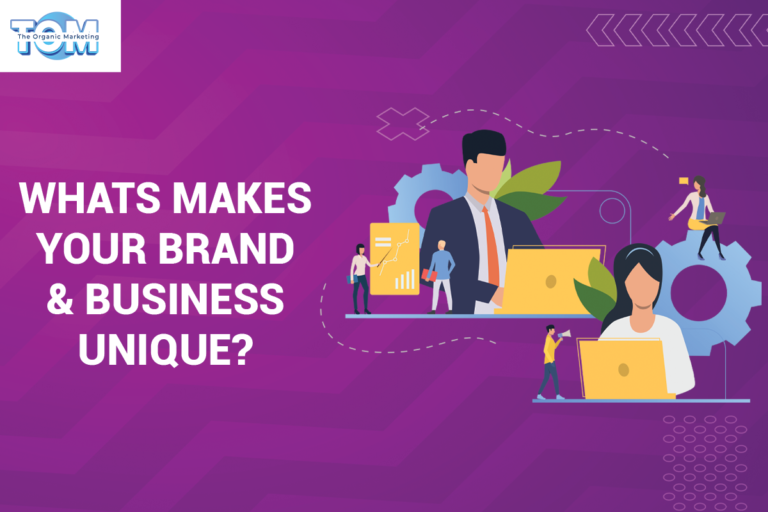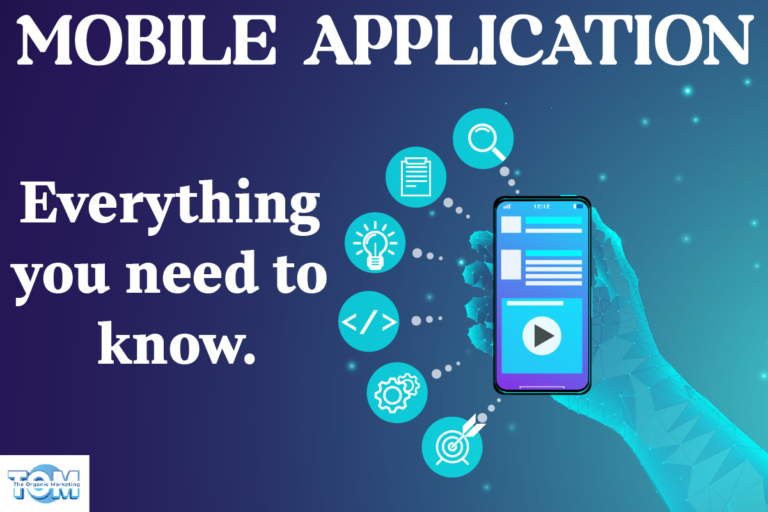Exploring Microsoft: A Must-Read Overview
Few names are as well-known worldwide in the world of software and technology as Microsoft. Microsoft has a long, illustrious history that dates back several decades, and it has significantly influenced the development of the digital world. This comprehensive reference tries to provide you a thorough overview of Microsoft, its primary duties, management, distinguishing characteristics, and notable acquisitions.
What is Microsoft?
Bill Gates and Paul Allen started the worldwide technology company Microsoft in 1975. Microsoft, with its headquarters in Redmond, Washington, has grown from its modest origins to become one of the top technological firms in the world. It is well known for its extensive selection of hardware, software, and cloud-based services intended to empower both individuals and companies.
How does Microsoft work?
Software, hardware, and cloud-based solutions development and distribution are Microsoft’s main areas of concentration. Operating systems, productivity software, cloud computing, gaming, and other areas are all areas in which the corporation is active. It provides a vast range of goods and services to individuals, companies, and governments all around the world.
Leadership of Microsoft
Microsoft has had a change of leadership over time. The company’s co-founder Bill Gates held the position of CEO for a long time until Steve Ballmer took over. Satya Nadella took over as CEO of Microsoft in 2014, ushering in a new era marked by a focus on cloud computing and a more open approach to technology.
What is Microsoft 365?
Microsoft 365, formerly known as Office 365, is a collection of services and tools for increasing productivity. Along with cloud-based services like OneDrive and Microsoft Teams, it contains frequently used programs like Word, Excel, PowerPoint, and Outlook. Microsoft 365 offers crucial capabilities for both personal and business usage, enabling people to create, collaborate, and communicate invisibly across various devices.
What is Microsoft Server?
An operating system created for servers and data centers is called Microsoft Server, sometimes known as Windows Server. It offers a platform for managing network infrastructure, operating server-based applications, and simplifying data exchange and storage inside enterprises. Microsoft’s corporate solutions are built around Windows Server, which powers countless companies and organizations across the world.
What are Internet Explorer and Edge?
Microsoft’s long-running web browser, Internet Explorer (IE), was well-known for predominating in the early years of the internet. Microsoft Edge, a cutting-edge web browser released in 2015, finally replaced IE, nonetheless. Many people choose Edge because it is intended to be quicker, more secure, and more in accordance with modern online standards.
Management and Development apps in Microsoft
- Azure: Microsoft’s cloud computing platform, offering robust capabilities for building and deploying applications, managing and scaling cloud services, hosting websites and databases, and utilizing machine learning and AI resources.
- Visual Studio: A widely-used integrated development environment (IDE) with features- code editing, debugging, and testing, support for multiple programming languages, collaboration tools for development teams, and integration with Azure for seamless cloud development.
- Microsoft Power Platform: A suite of tools for low-code and no-code app development, including Power Apps (for creating custom business applications), Power Automate (automates workflows and processes), and Power BI (Data visualization and analytics for informed decision-making)
Notable Acquisitions by Microsoft
- Skype: In 2011, Microsoft acquired Skype, the popular video conferencing and instant messaging service. This acquisition allowed Microsoft to integrate Skype into its suite of products, including Windows, Office, and Xbox. Skype has become a prominent communication tool for both personal and business use, facilitating voice and video calls, as well as text messaging.
- Nokia: Microsoft purchased Nokia’s Devices and Services group in 2014 with the intention of bolstering its position in the smartphone industry. While the success in the mobile phone market was not as anticipated, this acquisition gave Microsoft access to key hardware and mobile technology know-how.
- LinkedIn: In 2016, Microsoft made a landmark acquisition by purchasing LinkedIn, the world’s largest professional networking platform. This acquisition strengthened Microsoft’s position in the business and professional services sector. Microsoft has integrated LinkedIn features into its products, enhancing collaboration and networking opportunities for users.
- GitHub: In 2018, Microsoft acquired GitHub, a leading code hosting and collaboration platform used by developers worldwide. GitHub remains an independent platform, but its integration with Microsoft’s development tools and services has improved the developer ecosystem, fostering innovation and collaboration.
- Minecraft: In 2014, Microsoft acquired Mojang, the developer of the immensely popular video game, Minecraft. This acquisition allowed Microsoft to tap into the gaming market and expand its Xbox ecosystem. Minecraft remains a beloved game with a massive player base across multiple platforms.
From its foundational software products like Windows and Office to its forays into cloud computing, gaming, and beyond, Microsoft’s influence is pervasive. With a commitment to empowering individuals, businesses, and organizations, Microsoft continues to shape the way we work, communicate, and interact with technology. Its leadership, diverse product offerings, and strategic acquisitions reinforce its status as a global technology giant that shows no signs of slowing down.
To know more details and latest updates of Microsoft, contact The Organic Marketing today!
